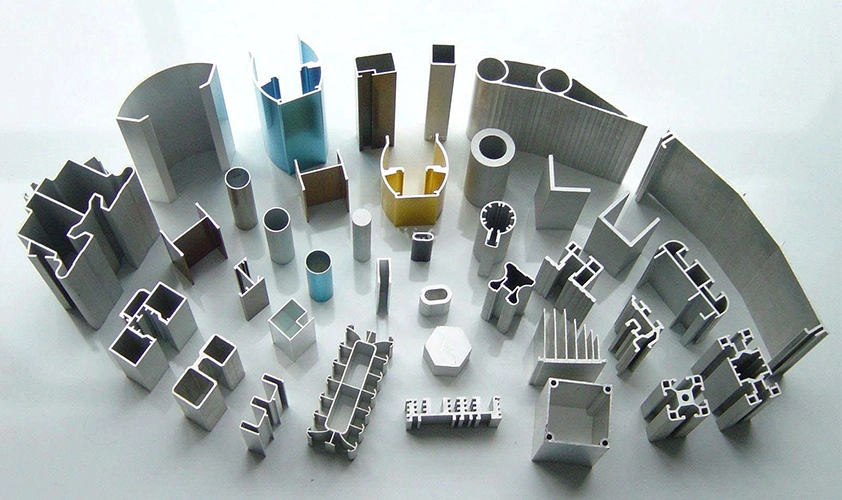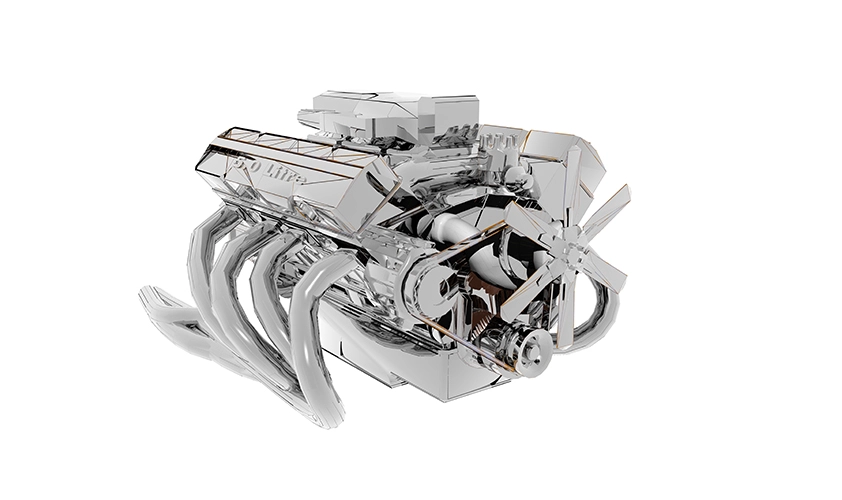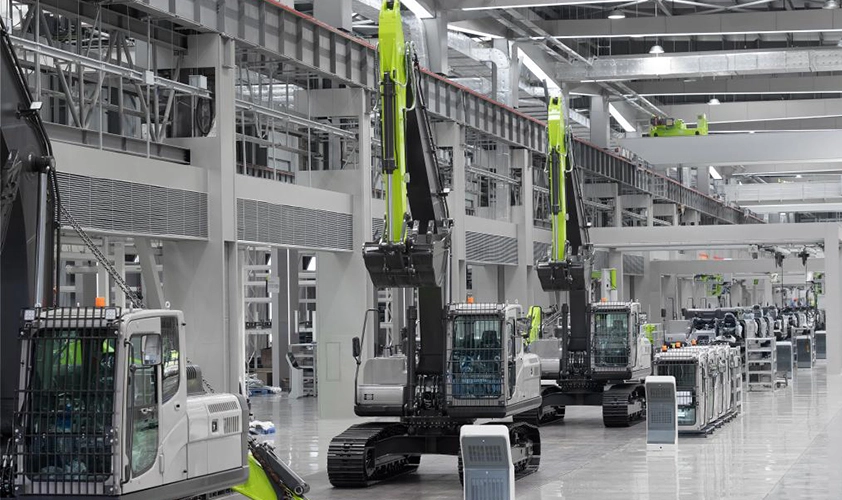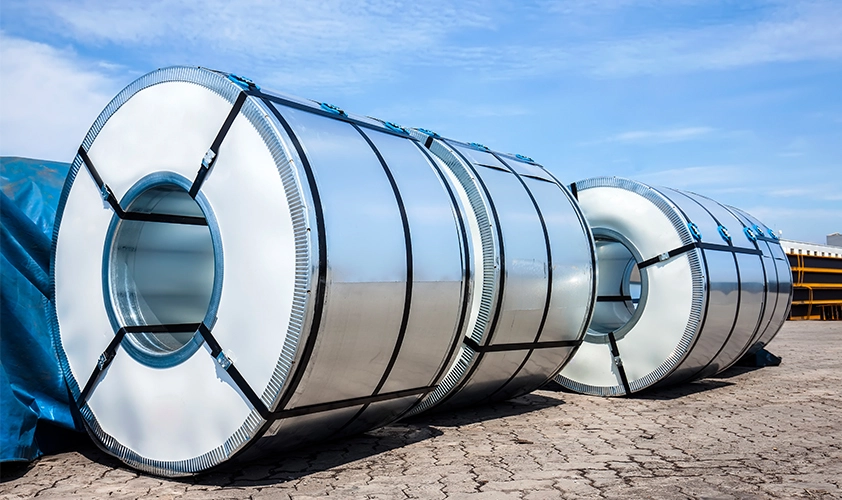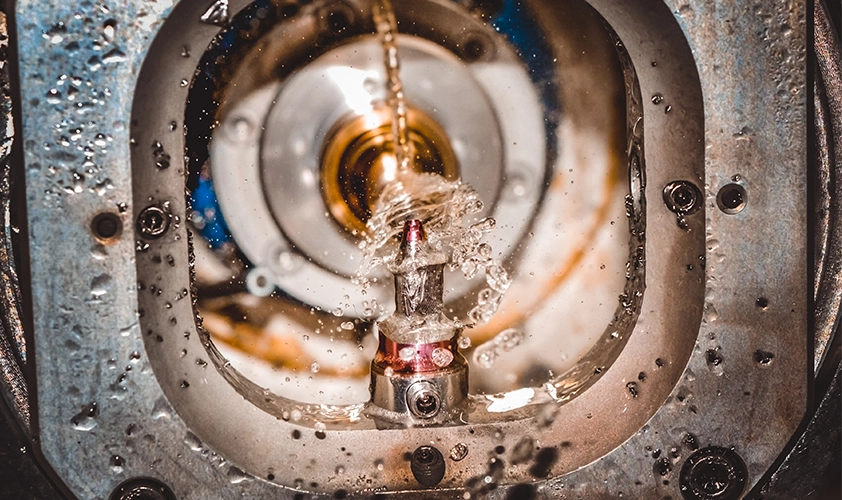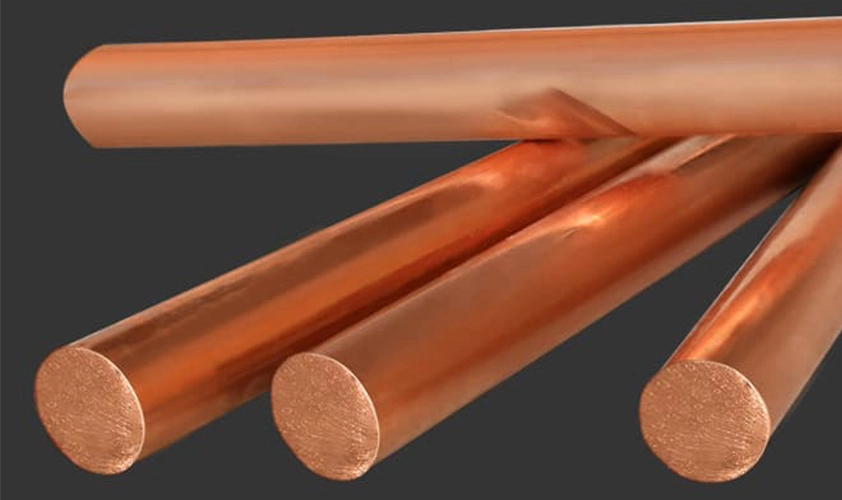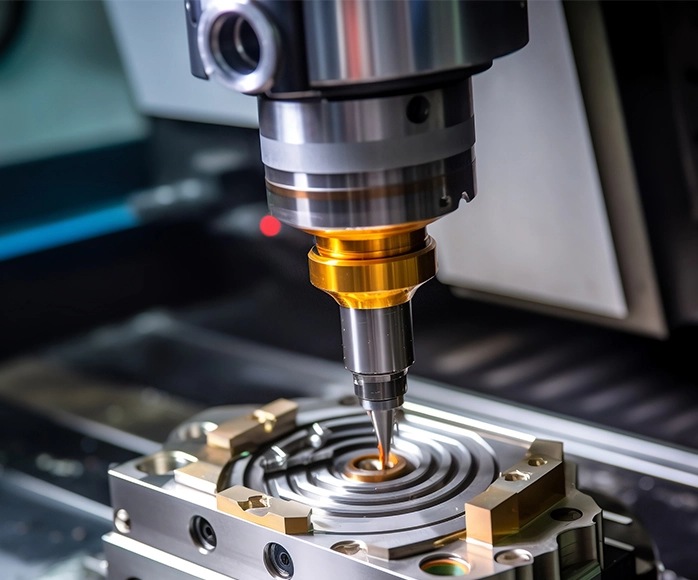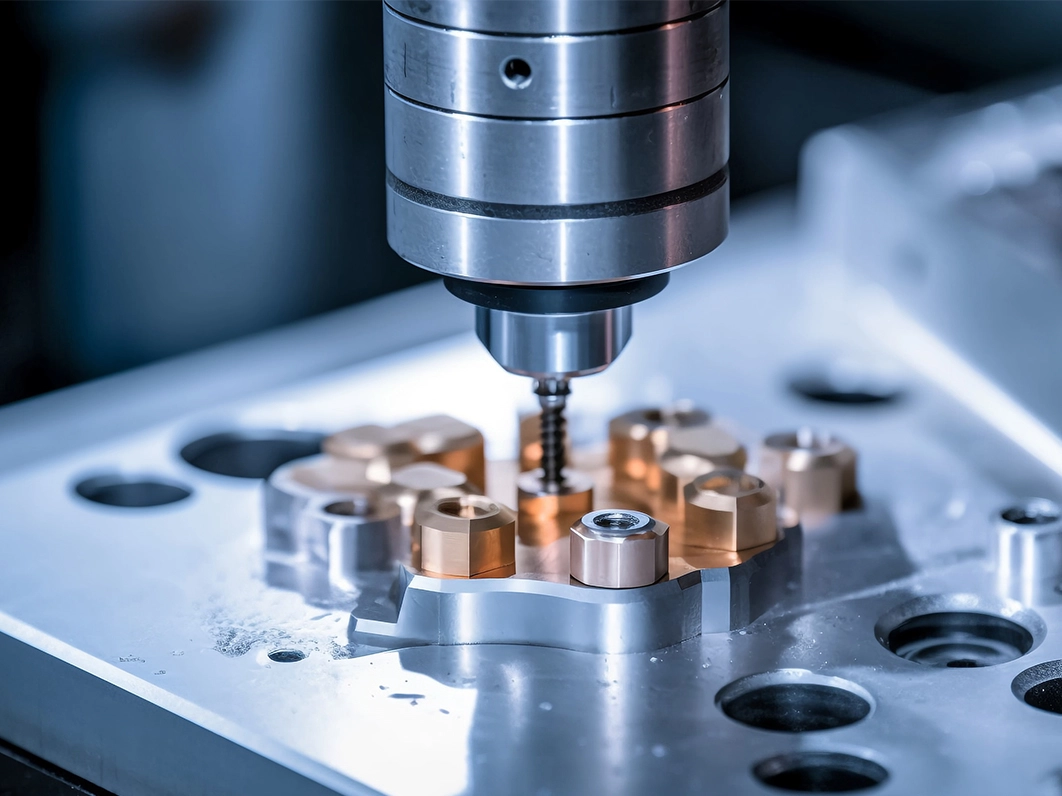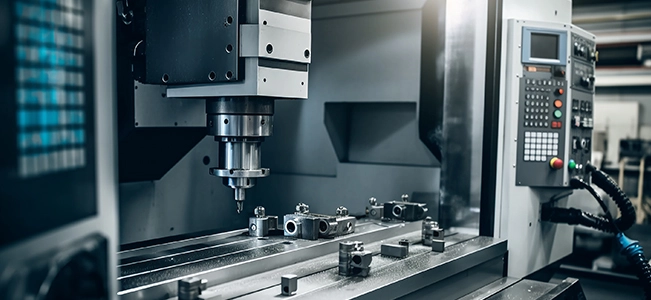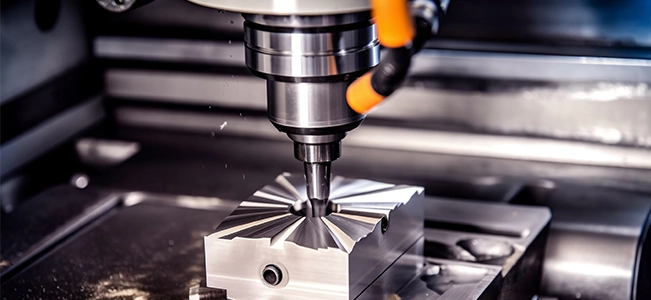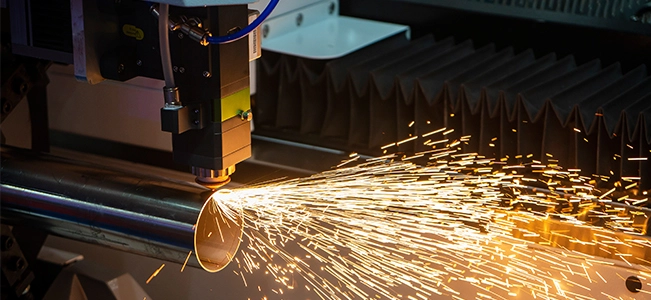CNC (Computer Numerical Control) is a commonly used precision machining method for metals. Here are the general steps involved in metal machining:
1. Design and Preparation: First, design the product according to the requirements and create the corresponding CAD (Computer-Aided Design) model. Then, prepare the necessary process files for CNC machining, including tool paths, machining sequence, and cutting parameters.
2. Material Preparation: Select the appropriate metal material and cut or shape it to the desired dimensions and forms based on the product design requirements. Ensure the flatness and surface quality of the material meet the specifications.
3. Workpiece Fixturing: Secure the metal workpiece to the CNC machine's work table. Use fixtures, screws, or other clamping devices to ensure stability and precise positioning of the workpiece.
4. Programming and Setup: Use dedicated CNC programming software to write or generate the corresponding machining program based on the process files. Set up and input the machining program into the CNC machine, and perform necessary calibration and debugging.
5. Machining Operation: Start the CNC machine and execute the machining program. The CNC machine will automatically control the tool's movement and cutting process based on the tool paths and machining sequence. It precisely controls the tool's position, speed, and cutting force to complete the required machining operations.
6. During the Cutting and Machining Process: the CNC machine operates in an automated manner based on the pre-set cutting parameters. These parameters include cutting speed, feed rate, cutting depth, tool approach and retract, etc. They are optimized and set according to the tooling, material type, and machining requirements.
7. Inspection and Quality Control: Perform regular inspections and measurements during the machining process to ensure the accuracy and consistency of machining dimensions and surface quality. Conduct subsequent processes such as trimming, grinding, or polishing as required to meet the final product requirements.
8. Cleaning and Maintenance: After completing the machining, clean and clear the CNC machine, cutting tools, and the machining area. Perform routine maintenance of the machine, including lubrication, tool replacement, and checking the functionality and performance of the machine.
Please note that the above steps represent a general metal machining process, and specific requirements and steps may vary in actual operations. The specific machining methods and procedures can differ based on the specific workpiece and machining needs.

 English
English  中文
中文  日本語
日本語  한국어
한국어 
